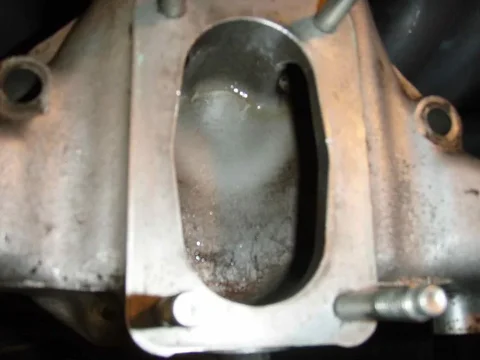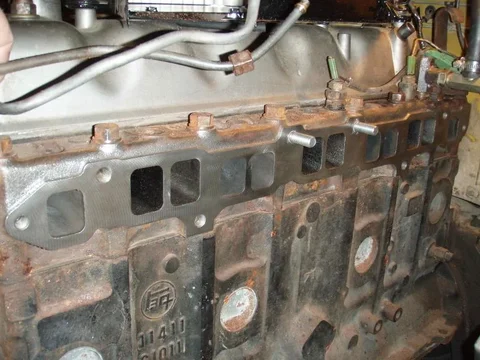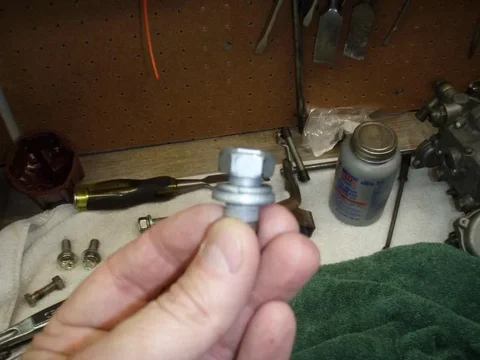77mustard40
SILVER Star
- Thread starter
- #161
PCV Question
Pulled the carb to retorque the manifold bolts just to try a 30 min fix vs the overhaul again and noticed the bottom of the manifold was wet. Wiped it out and its motor oil, must be coming in through the PCV line. Didn't think too much about it and remounted the carb. Pic #1

After remounting carb drove all of about 3 miles, came and convinced myself I would have to pull everything so when I pulled the carb again there was the oil again! See #2 & #3


PCV is brand new TEQ along with the grommet, hose and connection. Can I actually have a PCV that is bad? Would that be a major vac leak? How do I test its function?



Pulled the carb to retorque the manifold bolts just to try a 30 min fix vs the overhaul again and noticed the bottom of the manifold was wet. Wiped it out and its motor oil, must be coming in through the PCV line. Didn't think too much about it and remounted the carb. Pic #1

After remounting carb drove all of about 3 miles, came and convinced myself I would have to pull everything so when I pulled the carb again there was the oil again! See #2 & #3


PCV is brand new TEQ along with the grommet, hose and connection. Can I actually have a PCV that is bad? Would that be a major vac leak? How do I test its function?












